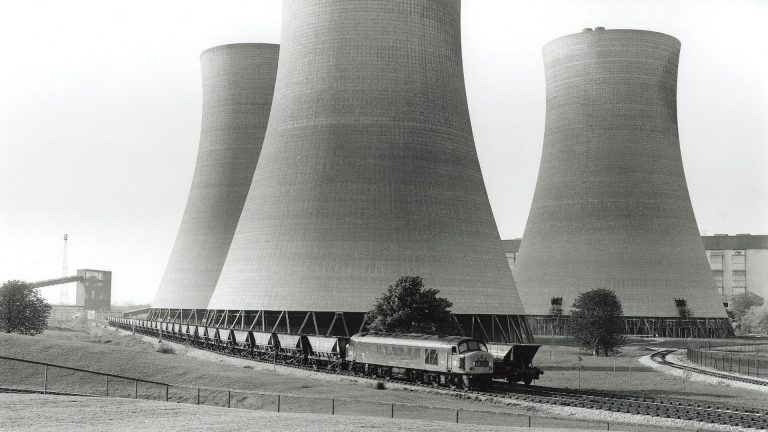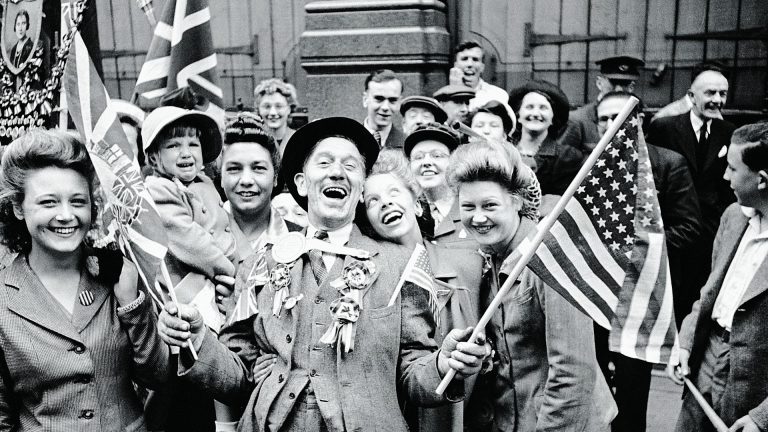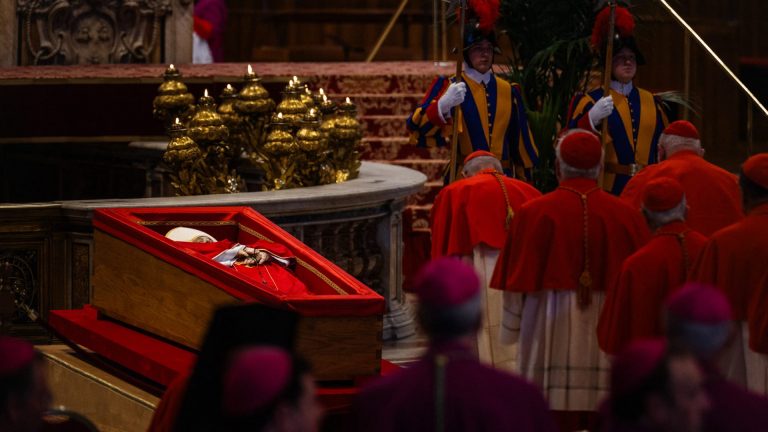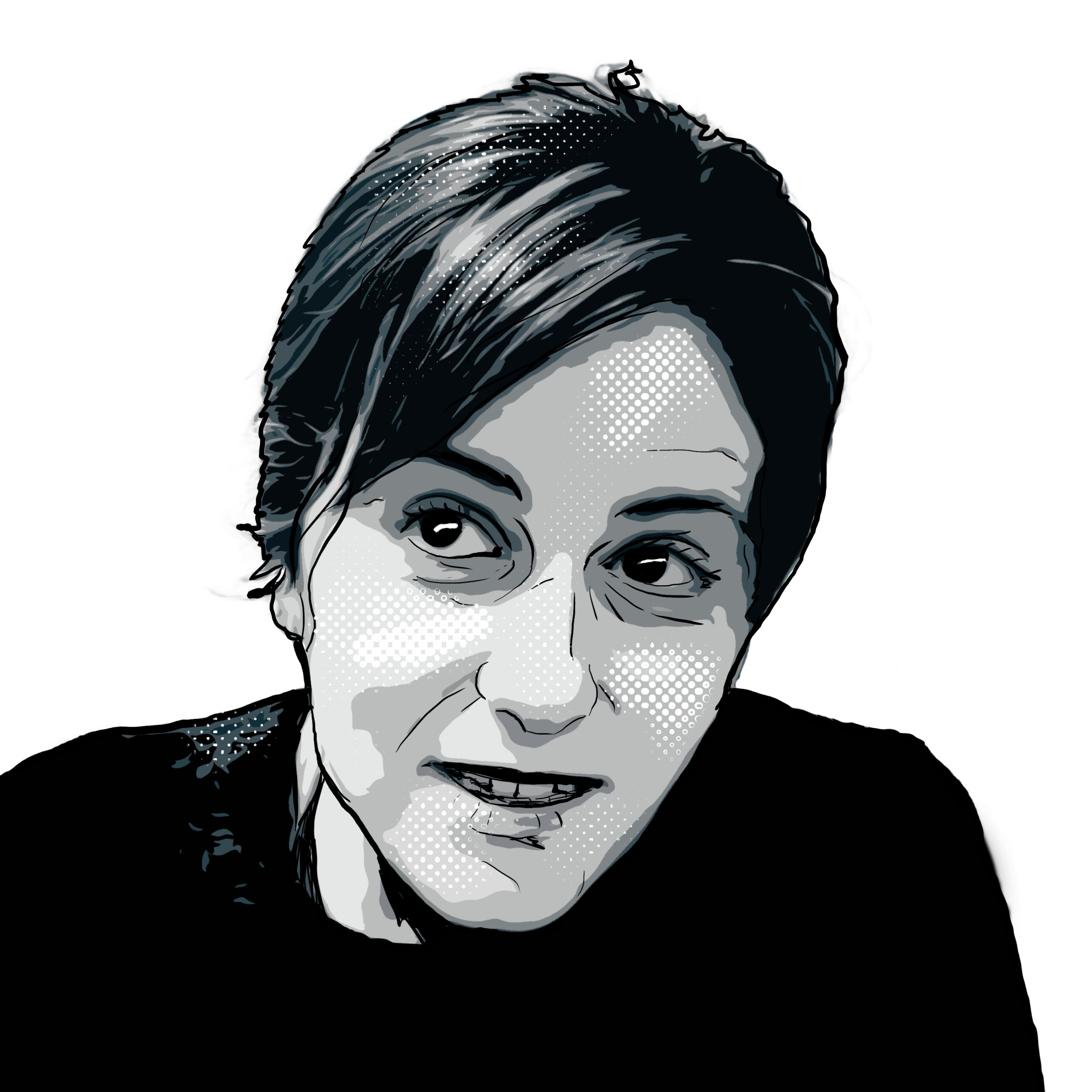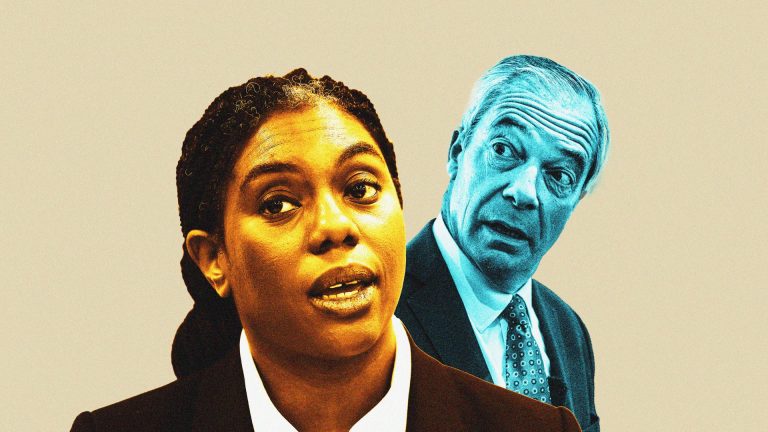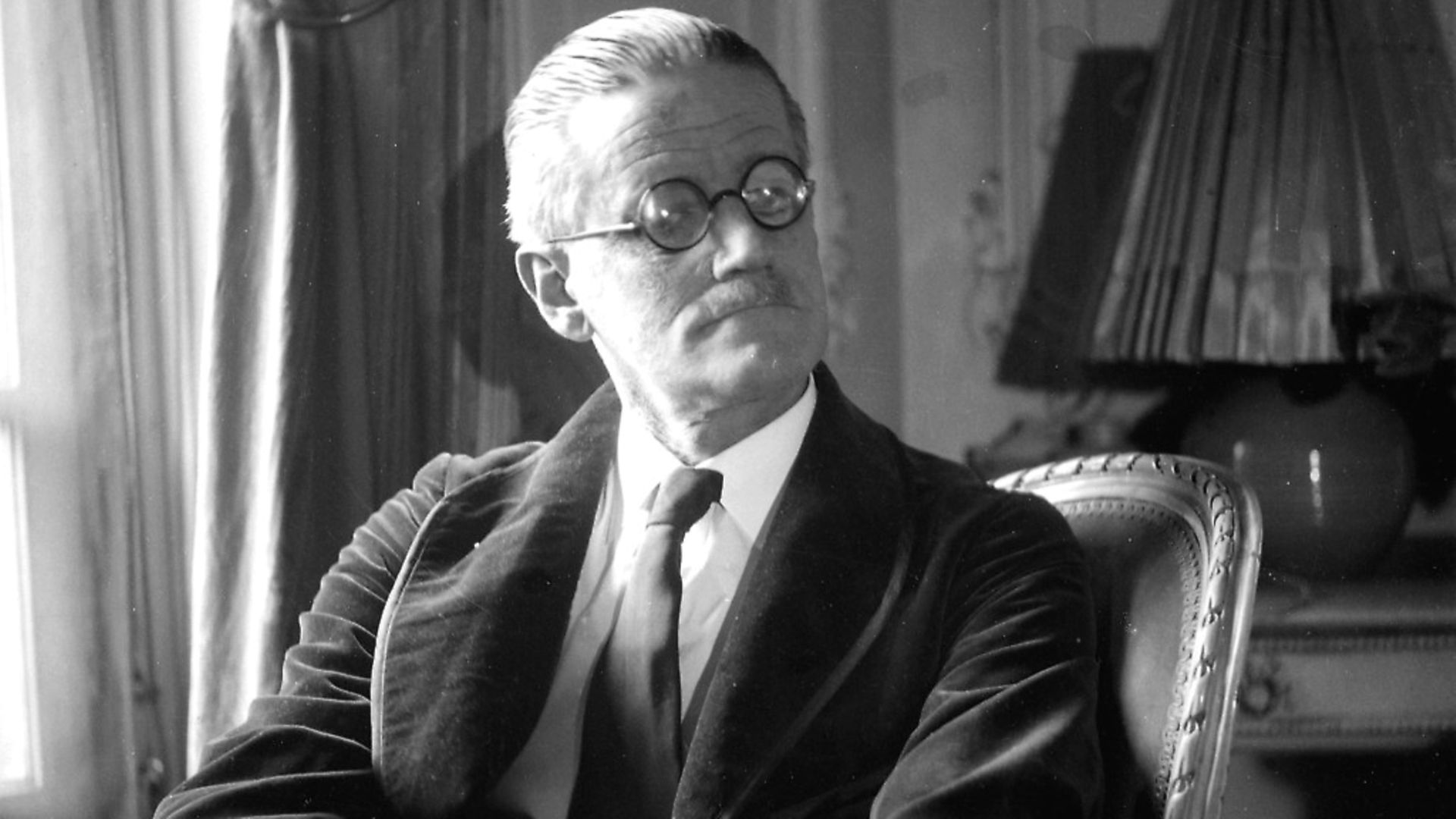
Ulysses is the story of a place – Dublin – as much anything else. So why did James Joyce have to leave the city in order to write his masterpiece?
On June 10 1904 James Joyce, whilst walking down Nassau Street in Dublin, saw a young woman named Nora Barnacle. He was instantly infatuated. He was a gifted but impoverished writer who, despite his lack of published success, was very much part of the cultural and artistic life of the city. She was a young chambermaid from Galway. They were an unlikely couple.
At first Barnacle ignored Joyce’s advances but he persisted and almost a week later they went out together to the beach at Sandymount on the edge of Dublin. Whilst there, things got a bit intimate, which is not really that big a deal to anyone other than the two young lovers – but it was such a big deal for Joyce that he chose that date, June 16 1904, as the day on which the events in his modernist novel Ulysses take place.
Over the course of that day, the novel follows its two main protagonists, Leopold Bloom and Stephen Dedalus, as they travel through Dublin going about their day-to-day business. They go to work, they go to the shops, they go to pubs, but there is nothing banal in what they do. Joyce elevates the quotidian to the level of the epic. He finds in the commonplace the very stuff of life.
The novel is about class, love, time, sex and death. It’s about religion. It’s about politics. It’s about our bodies. It’s about language and how we say and write things. It’s about how we think and how we live. And it is a measure of Joyce’s love for Nora Barnacle that this novel, which contains so much, which strived to contain everything, and which ends with the life and love affirming line ‘yes I said yes I will yes’, is set on the day that she, Nora, first said yes to him.
And this whole world that is contained in Ulysses is contained in Dublin. The novel is rooted in the very fabric of the city. The characters we meet are the people Joyce knew, the pubs and houses and streets in the novel are the pubs and houses and streets of Dublin. It’s not the easiest book to read. You really have to work at it, but if you do work at it you enter this precisely imagined, pulsating city which is as vibrant and alive a description of a time and place as any you’ll find in all literature.
But this literary creation of Dublin by Joyce was done from memory. At the very end of the novel is the footnote: Trieste – Zurich – Paris. 1914-1921. This is where and when Joyce wrote the novel – as an exile, as one who had turned his back on Dublin and moved to Europe.
Why did Joyce leave Ireland? Why did this man who only ever really wrote about Ireland and Dublin abandon the very place with which he was artistically obsessed?
The answers – a mix of the personal and the political – are there in his books; not just Ulysses but also in collection of short stories Dubliners, his autobiographical novel A Portrait of The Artist as a Young Man and in Finnegan’s Wake. But the biggest clues are in Ulysses which is not really that surprising seeing as Joyce named his novel after the character from classical literature – a man pretty much synonymous with exile and the search for home.
Intriguingly the novel opens with events from around the time Joyce left Dublin. In 1904, not long after he met Nora Barnacle, Joyce moved into the Martello Tower (a small coastal fort) in Sandycove just south of Dublin. The tower was rented by Oliver St John Gogarty, a university friend of Joyce’s.
Also living in this bohemian enclave was Dermot Chenevix Trench who was a bit unhinged and who, one night, started shooting at some pans hung over Joyce’s bed. The day after, Joyce left the tower and walked the 10 or so miles back to Dublin. He never returned to the tower. Soon after that Joyce and Barnacle left Ireland.
Ulysses begins with a scene set in the Martello Tower, in which Gogarty is reimagined as the character Buck Mulligan (the opening words of the novel are ‘Stately, plump Buck Mulligan…’). Joyce is reimagined as Stephen Dedalus, Trench is reimagined as Haines. The shooting incident is included. In the novel Dedalus, irritated by Mulligan and scared of Haines, leaves the tower, initially so as to get on with his day’s tasks. But ultimately his day becomes a search, an odyssey, for a new home and for something to anchor him in the world away from the gun toting bohemians. He finds this in Bloom, the other central character (perhaps the key one in that ultimately it his odyssey that this book is about) and who ends as up as acting as a temporary surrogate father figure to Dedalus.
Joyce’s real father was John Stanislaus Joyce. In his novel A Portrait of the Artist as a Young Man Joyce described his father as: ‘A medical student, an oarsman, a tenor, an amateur actor, a shouting politician, a small landlord, a small investor, a drinker, a good fellow, a story teller, somebody’s secretary, something in a distillery, a tax gatherer, a bankrupt and at present a praiser of his own past.’
John Stanislaus Joyce had been a brilliant first year medical student – and that was probably the high point for him. Involved in amateur dramatics and politics, he was a one time successful campaign manager who supported the Irish Nationalist Charles Stewart Parnell. When Parnell was politically destroyed over an affair, John Stanislaus Joyce’s political fortunes went into decline and this heavy drinker became a full blown alcoholic.
He fathered 13 children; 10 survived; Joyce was the eldest. He ran up debt after debt. As the family got bigger the houses got smaller, or were in increasingly poorer parts of Dublin. When Joyce’s mother was dying he witnessed his father drunkenly raging at her, telling her to get on with it.
The death of Joyce’s mother also crops up in those opening scenes of the novel. Joyce had rejected the Catholic faith and therefore could not kneel or pray for her as she was dying. The guilt over this haunted him; not the guilt of his lost faith – his atheism was pretty robust – but guilt over his inability to provide solace for his dying mother. In his dreams and in memory, Dedalus’s mother appears, often as a corpse. Her death is the death of his past – all that was left there was ashes and guilt.
So this where the novel starts; with this deeply personal sense of exile; of Dedalus having no family and no home. And in the real world the same was true for Joyce. His mother was dead, his father was hopeless and there was very little to keep him and Nora in Dublin.
But it was not just these personal things that drove Joyce into exile. It was also the religious, political and cultural world of Dublin and Ireland that drove him away. It is worth looking at each of these in turn.
Ireland in 1904 was a country dominated by the Catholic faith. The priests ran education, they ran welfare, they had a huge say in politics. Joyce’s education started at the prestigious Jesuit boarding school Clongowes, though his father’s financial difficulties meant he had to be removed and sent to a Christian Brothers School before getting into Jesuit college Belvedere, in Dublin.
In Portrait of the Artist as A Young Man Joyce traces his own intellectual development (again represented in the character of Dedalus) from being a devout Catholic to the rejection of that faith specifically because, as he began to see himself as an artist, he understood that this required him to be open to the world. The specific event in the novel is when Dedalus sees a girl wading at Dollymount Strand and he realises in an epiphany (Joyce was big on epiphanies – these dramatic moments of clarity and realisation crop up throughout his work) that the only way to express the beauty in what he was seeing was art and not religion.
In the real world – and this happened whilst still a very young man – Joyce visited prostitutes and he found in the sensual and physical world of the brothel a truth that was more honest than what he had found in religion. For Joyce the morality of the Church was hopeless when it came to dealing with sexuality and this was one the cornerstones of his writing. Ulysses is about flesh. Its about sex and desire and jealously.
However Joyce never entirely rejected every aspect of Catholicism. The influence of the philosophy of St Thomas Aquinas, with its emphasis on reason based on observation and experience, is central to much of his writing – hence his questioning of religious truth in light of this experience of sensual pleasure with prostitutes. You can also find the language and rituals and images of the Church throughout his work. But the Catholic Church constrained Joyce’s imagination (and the imaginations of many others) and his rejection of Ireland was a rejection of the Church.
Secondly, there is the question of Irish politics. The influence of the Irish Nationalist Parnell, not only on Joyce’s father, but on Joyce himself was huge and Parnell’s humiliating defeat and downfall was the key political event of his youth. The writer’s questioning of the Catholic church came in part as a result of the Church aiding Gladstone in his destruction of Parnell.
So was Joyce a Irish Nationalist? The answer is yes, sort of. But Ireland filled Joyce with disgust and in part that was because politics for Joyce was too bound up in something that he saw as limiting. It was too woven in with the poisonous influence of the Church. As he put it: ‘I confess that I do not see what good it does to fulminate against the English tyranny while the Roman tyranny occupies the palace of the soul.’
Maybe politics was also all too bound up in his imagination with his father – a man whose political career lead to alcoholism, poverty and defeat. In that world politics was talk and booze and very little more.
What we find in Ulysses is any desires for national liberation subjugated in Dedelus’s and Bloom’s imagination by their personal desire for redemption or belonging. In other words, for Joyce, the personal triumphs over the political.
Ireland in the first years of the last century was politically charged. It was a time when the Catholic middle class (of which Joyce was part) began to find a voice and assert itself. However, whilst Joyce may have been part of that world he made clear was he thought of it in one of his most famous lines from Ulysses: ‘History (…) is a nightmare from which I am trying to awake.’
But perhaps most important of all is the role that Ireland’s artistic culture played in driving Joyce abroad. The literary culture that Joyce found himself in as a young man in Dublin was dominated by the poet WB Yeats. Joyce had begrudging respect but little time for Yeats. He was particularly against the Yeats’ inspired Literary Revival – a movement which looked to Ireland’s Celtic and Gaelic past for inspiration. This revival, sometimes nicknamed the Celtic Twilight, very much tied up with nationalist politics. Leaders of the 1916 Dublin Rising, such as Patrick Pearse and Joseph Plunkett, had been involved.
Joyce was against such stuff. In A Portrait of the Artist as A Young Man he wrote: ‘(W.B. Yeats) remembers forgotten beauty and, when his arms wrap her round, he presses in his arms the loveliness which has long faded from the world. Not this. Not at all. I desire to press in my arms the loveliness which has not yet come into the world’.
Joyce’s hard won conception of the artist as creator and of the artist immersed in the physicality of the real world had no time at all for the somewhat reactionary, backward looking and twee mysticism of the Literary Revival. He wanted to produce what has ‘not yet come to the world’. And this he did with Ulysses and he did it in exile, whilst travelling through Europe with his beloved Nora, away from the Church and the past and the Nationalists and his family.
Ulysses is an extraordinary novel because it broke with the past. Dubliners, Joyce’s collection of short stories described so much of the Dublin that Joyce came from, A Portrait of The Artist as a Young Man described Joyce’s intellectual and artistic growth and his rebellion against that Dublin world. And Ulysses is that rebellion. The novel was a radical break with the past, a revolt against how literature had worked. It was a new way for us to describe and understand ourselves.
Joyce’s exile was the catalyst he needed to produce the books for which he is famous. He once said that: ‘When the soul of a man is born in this country there are nets flung at it to hold it back from flight. You talk to me of nationality, language, religion. I shall try to fly by those nets.’
And it was in the act of fleeing those nets – of heading to Trieste and Zurich and Paris – that Joyce could write about Dublin. There are many reasons why you should read Ulysses and many reasons why it is an extraordinary novel. But perhaps one of the key reasons why it is so important is that this novel, which revels in the minute of day to day life in Dublin, was the product of a truly cosmopolitan – and truly European – imagination. It was an imagination that found itself by moving out into the world.



